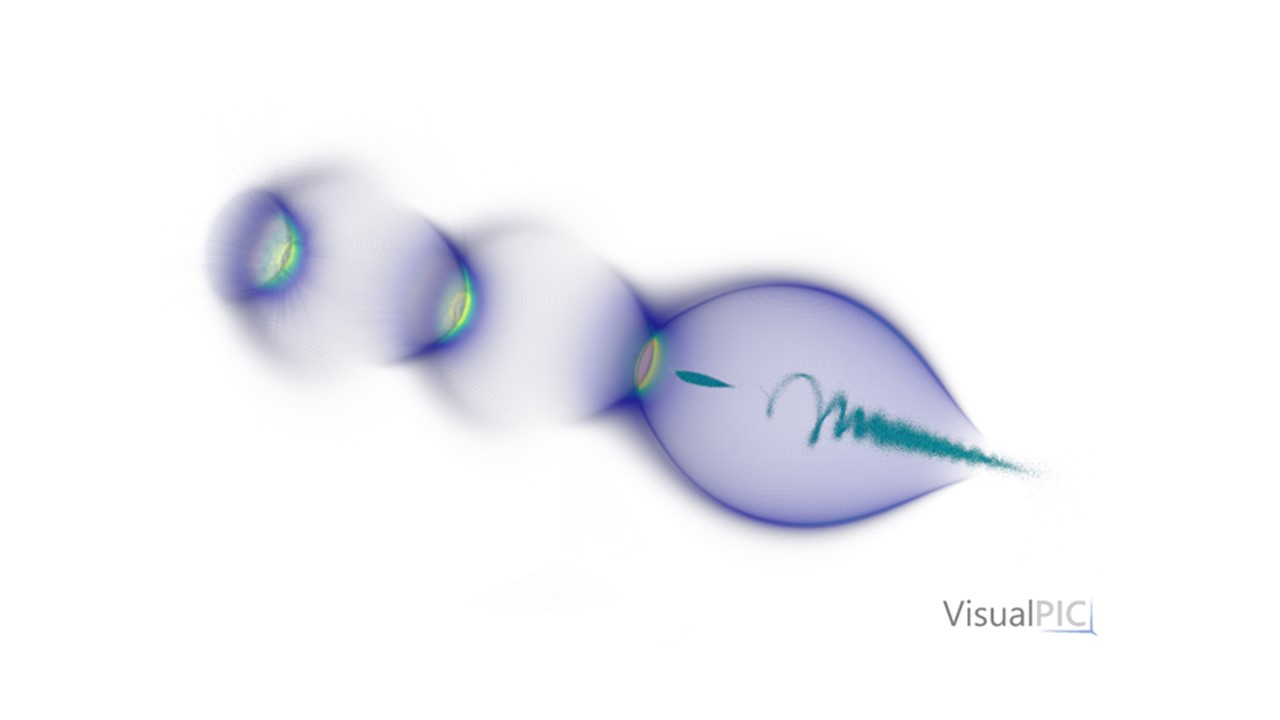Supervisors: Wim Leemans (DESY) & Marlene Turner (CERN)
DESY, with more than 2900 employees at its two locations in Hamburg and Zeuthen, is one of the world's leading research centres. Its research focuses on decoding the structure and function of matter, from the smallest particles of the universe to the building blocks of life. This project is a collaboration between DESY and CERN, the world’s largest particle physics laboratory and home to cutting-edge particle accelerator R&D.
Plasma accelerators are poised to trigger a revolution in accelerator science. DESY is committed to exploiting the full potential of this cutting-edge technology developing state-of-the-art plasma accelerators for a range of demanding research applications. Experimental facilities include the state-of-the-art laser driver KALDERA, the advanced beam-driven facility FLASHForward, and a host of ancillary research and development laboratories. The theory and simulation team of the plasma acceleration group at DESY develops and harnesses simulation tools to help understand experiments, propose novel concepts and investigate new mechanisms, key ingredients for plasma-based acceleration research. CERN is home to the AWAKE experiment, a unique proton-beam-driven plasma accelerator research facility. Crafting this singular facility poses extreme computational challenges, which we propose to address with DESY’s pioneer codes.
In a plasma accelerator, a high-energy laser pulse or particle beam propagates in a plasma and drives a plasma wave, where extreme electric field can trap (inject) electrons from the plasma and accelerate them to high (0.1 – 1 GeV) energies in less than a meter. Efficient 3D simulation are central to laser-driven and beam-driven wakefield acceleration, and our plasma acceleration group at DESY leads the development of the open-source GPU-capable quasi-static particle-in-cell code HiPACE++. In collaboration with international experts, the student will implement new capabilities modules in HiPACE++ (advanced boundary conditions, ionization), and harness these unique capabilities to address challenging questions: how to push the limits of beam stability in the AWAKE experiment at CERN? How can we operate plasma accelerators at a higher rate?
Expected Results
- Expand HiPACE++ GPU capabilities to enable ensembles of affordable and accurate simulations
- Explore potential for an energy-efficient compact source of radio-isotopes
- Propose solution to mitigate the hosing instability in a self-modulated regime
Planned secondments
- 1 months at CERN (year 1): familiarize with self-modulation, experience different workplace
- 5 months at LBNL (year 2): optimize the code with experts and investigate instabilities
- 2 months at CERN (year 3): Physical study of hose instability and its mitigation
Apply for this research project here

